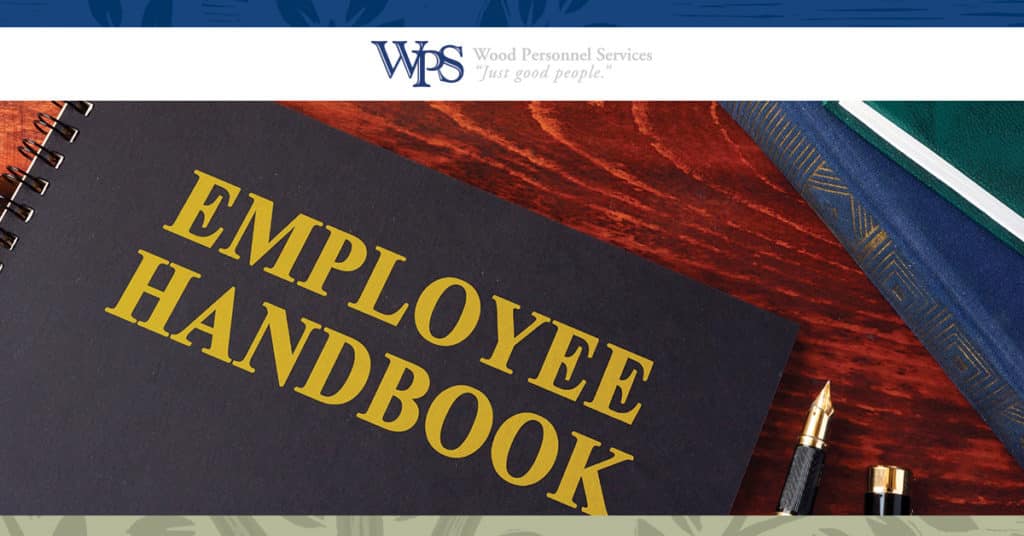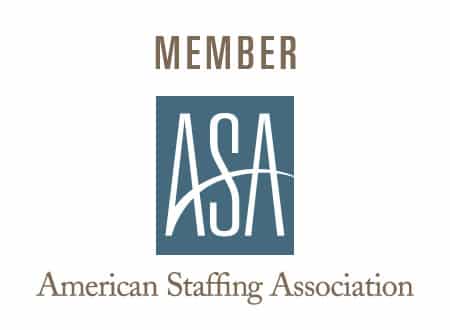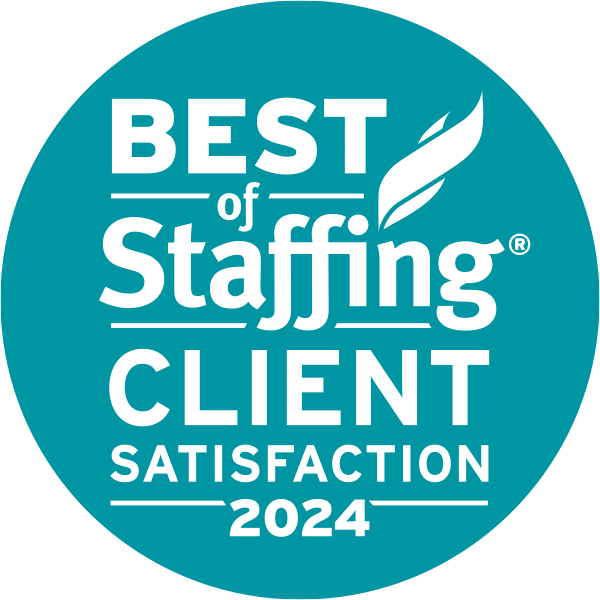Does your employee handbook need more than a “polish” or “tweak”?
Today’s post is just for you.
A great employee handbook does more than just set the “ground rules” for working in your organization; it provides a blueprint for your company culture, mission and goals. Answers common questions, so you don’t have to. Aids with employee onboarding. Forestalls potential legal and professional disputes. And serves as a valuable resource and guide for new hires and veteran employees alike.
If yours isn’t doing all that for you, use these tips from our Murfreesboro employment agency to whip your employee handbook into shape.
Tips to overhaul your employee handbook:
- Assemble an update team. Consult with key stakeholders and decision makers (e.g., individuals in HR, payroll, compliance and benefits, as well as senior leaders and managers) to: scrutinize and update policies; review the handbook once it’s updated; and proofread it to make sure it’s clear, accurate and unambiguous.
- Consider what’s changed. Laws, your organization’s employment policies and your company itself all change over time. Create a list of everything in your current handbook that’s out of date, missing or needs to be removed because of these changes.
- Look toward the future. Research legal requirements and trends which may impact your organization in the near-term. Consult with your legal counsel to ensure your handbook protects you today – and prepares you for upcoming changes.
- Cover the basics. At a minimum, your handbook should:
- Start with an introduction and overview of your business, its primary products/services, mission, vision, goals and values.
- Include a multi-channel complaint procedure.
- Inform employees of your pay procedures.
- Address topics like breaks, PTO, requesting leaves of absence, and allowable business expenses.
- Review employee benefits.
- Cover discrimination and harassment, as it apples to all categories protected by applicable federal, state and local laws. Remember to include policies you’re legally obligated to provide, such as an FMLA policy (if you have 50 or more employees).
- Include a FAQ.
- Cover employee conduct, dress code, workplace rules and disciplinary policies/procedures.
- Explain how employees’ performance is evaluated.
- Include information about how your organization addresses workplace safety, security and violence.
- Include a clear disclaimer saying that the handbook is not an employment contract – and is subject to change.
- Require all employees to sign an acknowledgement that they’ve received, read and understand the handbook.
Then take your handbook from good to great:
- Make it readable.Use plain language, short paragraphs and active voice to make information clear and easy to understand.
- Make it engaging. There’s no rule saying that your handbook has to be stodgy. Engage your readers in a way that’s consistent with your culture, and dress up the copy with images, infographics or even photos. Better yet, go digital! If your budget allows, you can even gamify your handbook to make it more interesting to read.
- Get feedback. Before you publish it, have a few trusted employees read your handbook to make sure that information is clear, presented logically and strikes the right note.
- Treat it as a living document. Treat your handbook as an ongoing process, rather than a once-and-done project. Periodically review and update the content so it’s relevant and protects your organization. When you make changes, promptly communicate those updates to employees.
Minimize your employment risks with Wood Personnel.
When you work with a leading Murfreesboro staffing agency like Wood, we assume many of the risks associated with hiring and employing people – making it safer and easier for you to get your work done. To find out how we can minimize your employment risks, contact Wood Personnel today.
Note: This content is for informational purposes only and is not intended as legal advice. Final documents should reflect your company’s policies and comply with local, state and federal regulations. Always consult an attorney familiar with employment law before using any such document.



